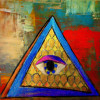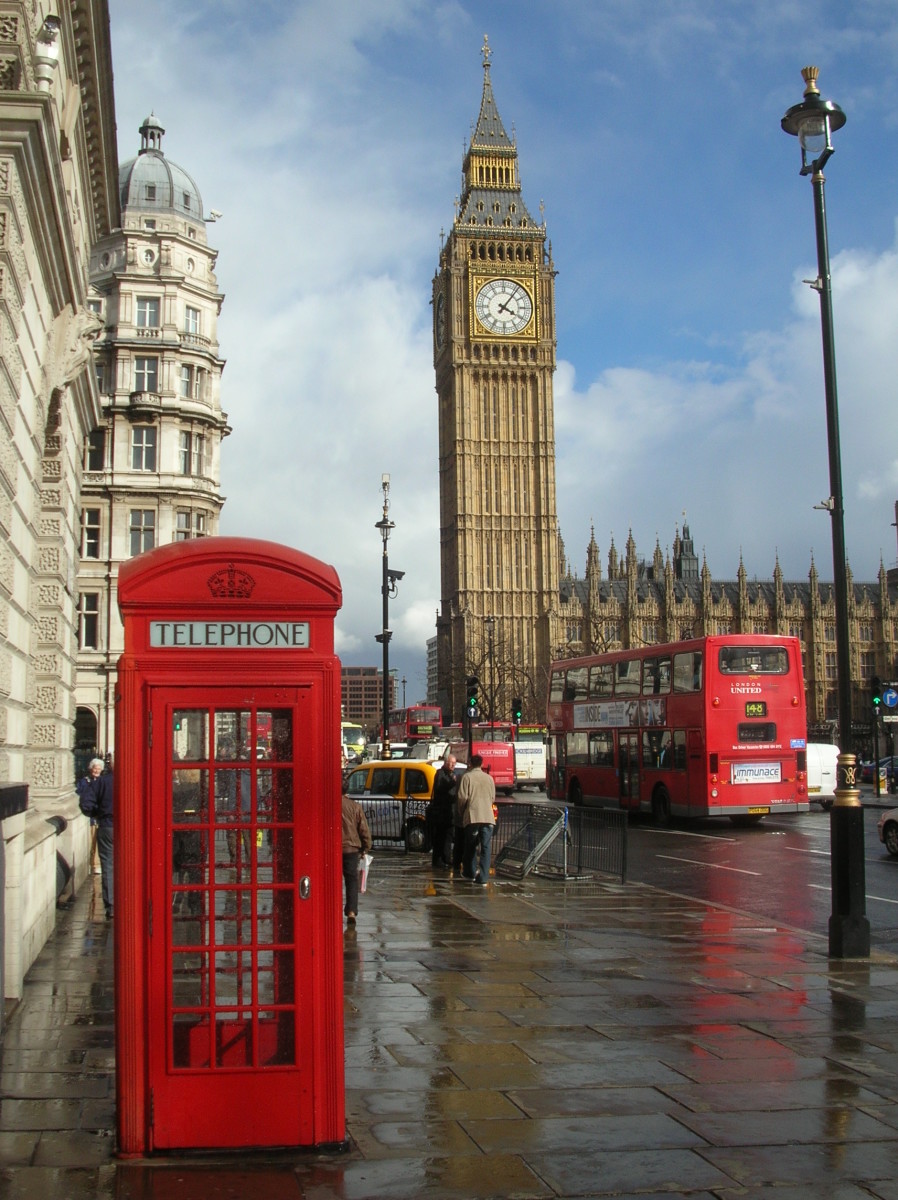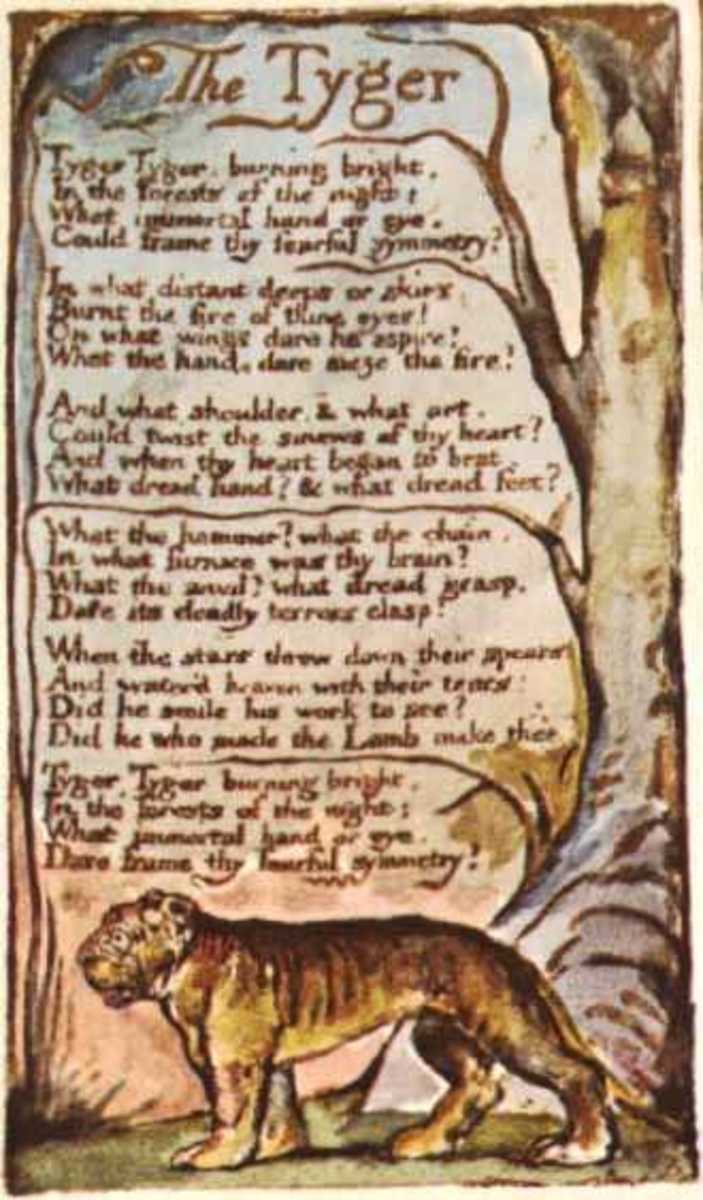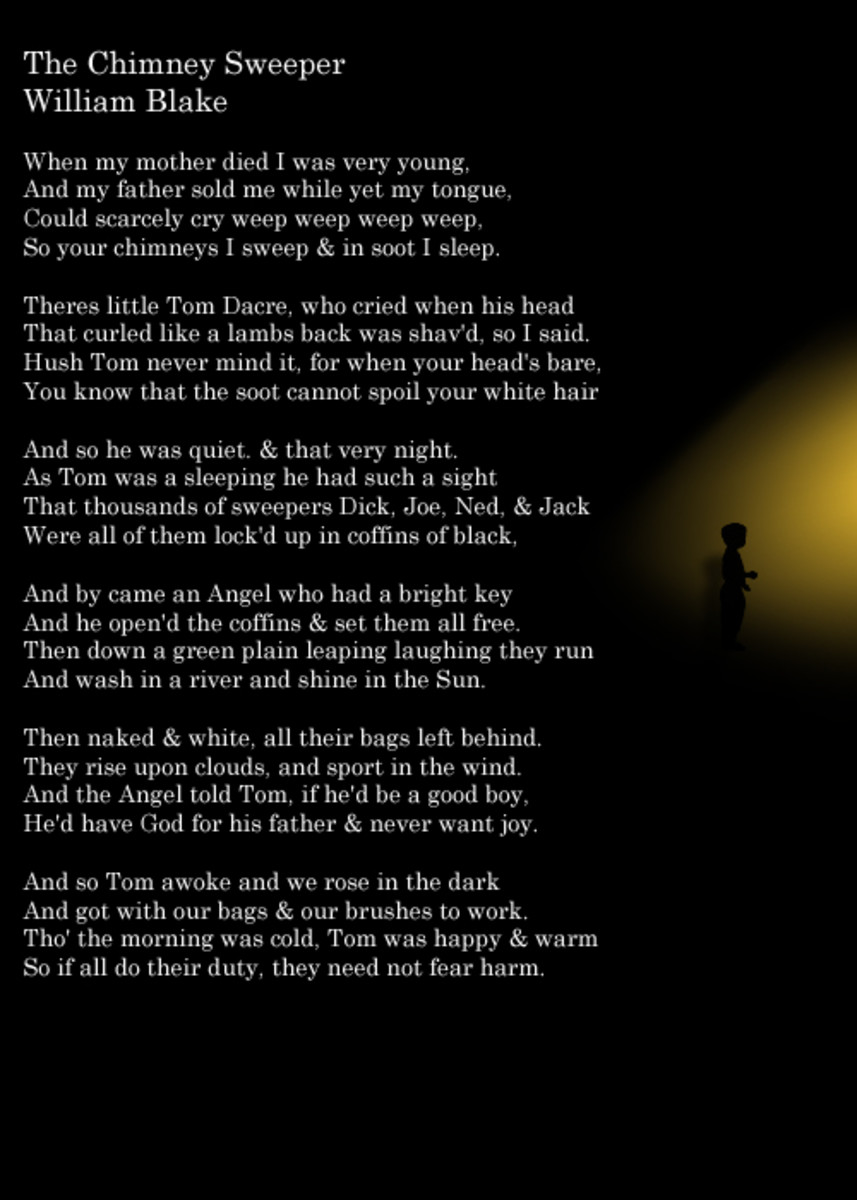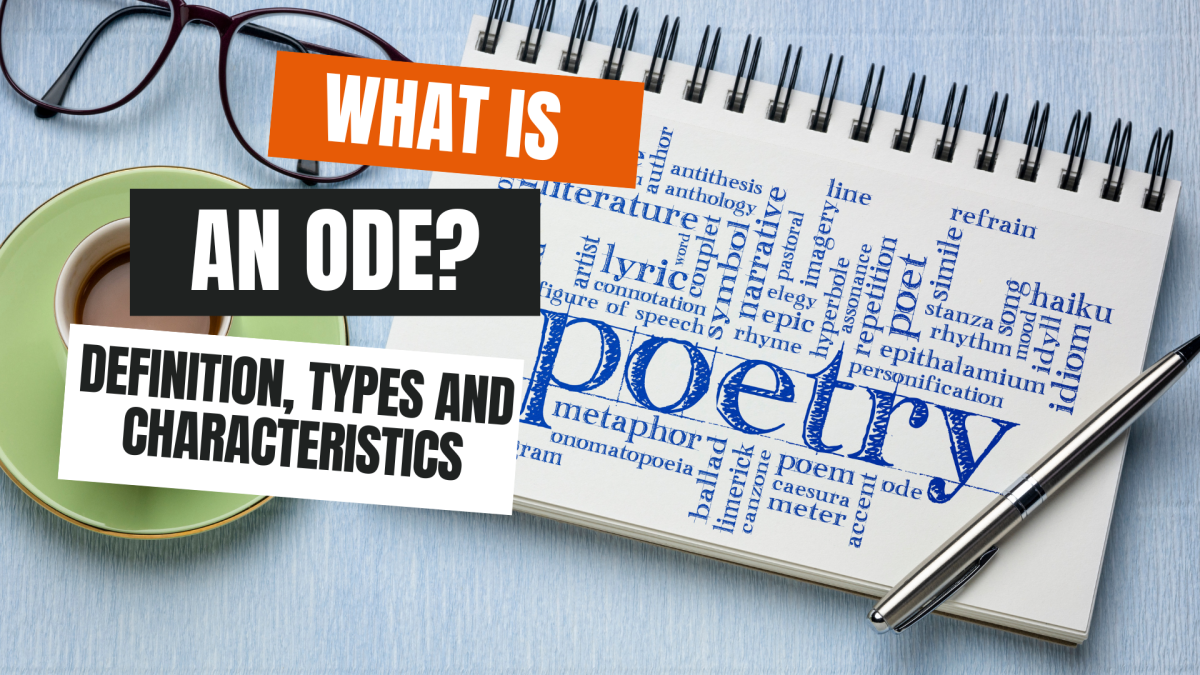William Blake: Infinite Poetry
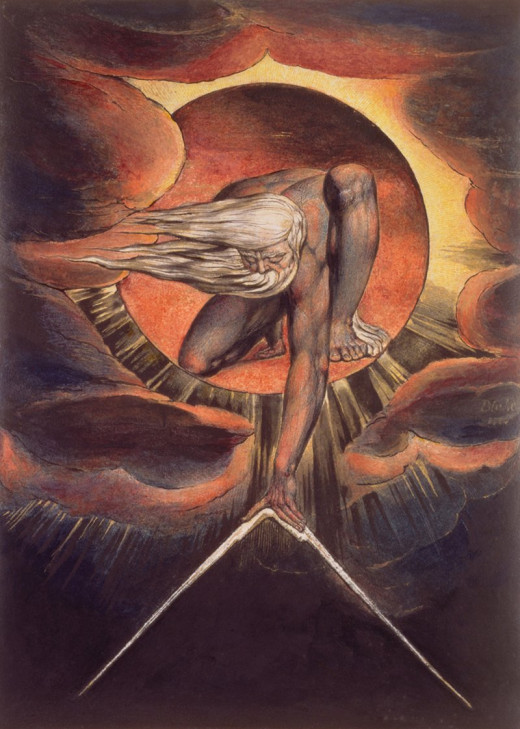
William Blake was a british poet, painter and engraver born in 1757. He blossomed as an artist at one of the most prominent moments in history: the great Democratic Revolutions and the beginning of the Industrial Revolution at the turn of the 19th century. These massive overarching social themes were in stark contrast to the calm country England life that Blake often associated with down to earth humanness and youth. This dichotomy between purity, innocence and freedom versus system, obligation and order became the comparison that defined his life.
Blake was never successful during his life, he was the ultimate hipster of poets if you like: so ahead of his time that his contemporaries considered him completely insane. He also produced his works in an amazingly self sufficient indie fashion by engraving his poetry on printable tablets in which he would use to mass produce outlines for pages which he would then watercolour. This was down to his ethos of never corrupting his vision for the sake of a publishers satisfaction, he believe that all people should have access to his works and wrote it for the layman but he did not want it to be edited by a marketer who lacked the imagination to appreciate his work: very punk rock.
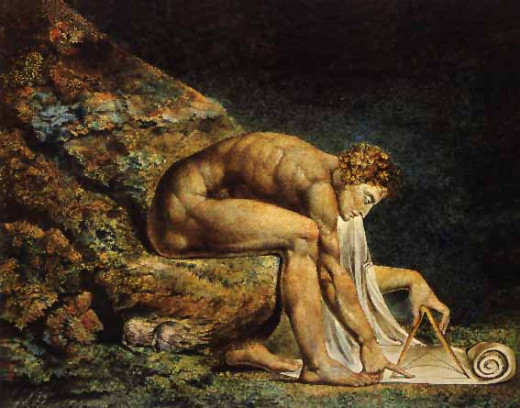
These works that Blake created all hinged on a certain faculty that he possessed. Blake from a young age experienced many strange visions and hallucinations such as trees full of angels and various experiences of god. These hallucinations represented expereinces that nowadays would render someone to be institutionalized and a perscribed a list of anti-psychotics. Blake did not see it this way.
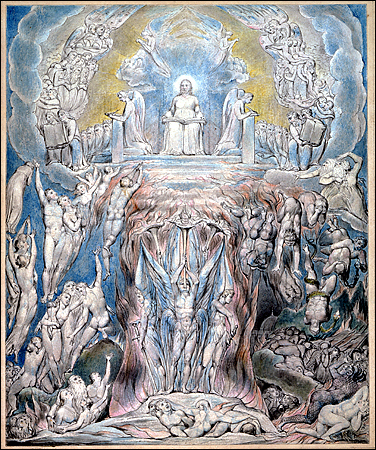
This faculty he possessed he called the Imagination, and he believed that the imagination gave us access to a broader perspective of reality. He believed that the imagination was infinite, and if you give yourself to its power you will attain it's infinite perspective of the world.
This infinite perspective is what Blake considered to be God, and any person who discovers this Imaginative realm comes back to us and tells us poetic stories of great Angels and Demons, and to those who have not experienced this realm consider them either insane or inspired. They then dogmatise their stories and form institutions out of their visions. He felt that religion was a result of this process, and hate is the misunderstanding that one religion has a truer story, when in fact they are all describing the same experience of infinite imagination, and like listening to the same story told in Spanish and English. It would seem that the two speakers are telling an entire different tale, even though their words mean the exact same thing.
Blake describes in his early book All Religions are One, that we perceive the world through our senses. But our senses are limited: for example the light spectrum is huge, but our eyes can only perceive a fraction of the total spectrum. This is the fraction of the spectrum of light that we perceive.
This "fraction" of perception Blake called our ratio. Our bodies are a tiny ratio of the whole universe which we control, and these bodies can perceive the tiny ratio of the whole universe which is fundamental to it's survival. Imagination is the power to expand and transcend this ratio, to see beyond ourselves.
This becomes Blake's manifesto of the Imagination, in which informs the rest of his life's work. From here he then creates The Songs of Innocence and Experience, which are lyrical poems on the themes of life in childhood. Aside from their intellectual and imaginative depth, they are also breathtakingly beautiful and a great introduction to the writer. Within this work you will find famous poems such as The Tyger, The Sick Rose and Divine Image.
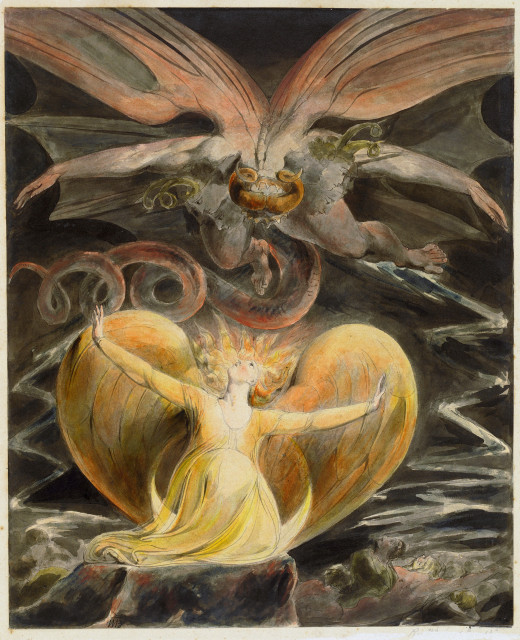
Blake had a darkside. His constant voyages into the realm of Imagination brought him into contact with many more elaborate personalities. His witnessing of Angels also brought him to witness Demons, and in time he slowly began to develop a personal mythology that was relevant to his age.
The seeds of this manifesto were laid in an incredible work known as The Marriage Of Heaven and Hell. This book was part satire, but also a reference to how wholeness involved union of good and evil, as opposed to the denial of evil that many religious people promoted in Blake's age.
Blake began this work with a comparison between the two camps and discussed how good and evil were like mathematical opposites. Good was like a plus and evil was like a minus, to Blake the universe was trying to balance the equation so they cancelled each other out.
So began what Blake called the "Proverbs of Hell", these were sayings from the darkside which gave a voice to the evil side that had been repressed since the rise of Churches and Institution. These included many infamous quotes such as:
"Exuberance is Beauty." and "The Tyger's of wrath are wiser than the Horses of instruction."
The works then precedes to describe Humanities fall into forgetfullness of these truths, which led to Humanities separation and isolation from the whole, the infinite or God. Blake explains how "Man has closed himself up, till he see's things through narrow chinks in his cavern." This leads to the infamous quote: "When the Doors of Perception are cleansed Man shall see himself for what he truly is: Infinite." This quotation is what inspired a young Jim Morrison to name his 1960's band The Doors.
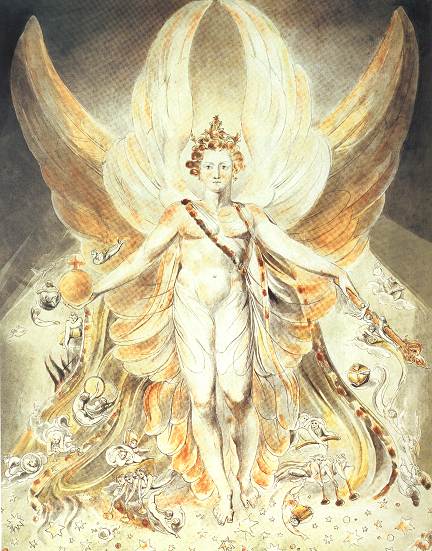
This had set the groundwork for the great works of the poet's later life, and understandably pushed a few buttons with his very religious contemporary culture. Yet we can look back now and understand that William Blake was a pioneer in Women's rights, religious and racial equality.
His later works centred around an experimental theme of a mythology for his age, centred around the large social revolutions in Europe and America. Using his imagination he personified the character of each of these revolutions into various great spirits which form the characters of these more epic and prophetic poems.
This resulted in many beautiful false starts as Blake refined his ideology and painting skills. Finally this effort resulted in a grand epic, and his final work, known as Jerusalem. This mythology centred around the division of the Infinite into the various characters that created earth and mankind, such as Urizen (Reason), Orc (Revolution) and Albion (Life or Consciousness), and the story of history is how these great characters interact. For example: Napoleon rising in Europe is a result of Orc landing in France.
William Blake was a profound poet. A mystic in vision and genius in artistic merit, he has earned his stellar reputation as a name for the ages, but beneath all the accolades is a fantasically accessible ideology that is revelant even in the age of Science. Whatever led you to reading this I encourage your to continue on it's path, as Blake is one of the most enlightening artists I have ever read in my life. His words are capable of expanding your perception and bringing you that bit closer to the infinite.
